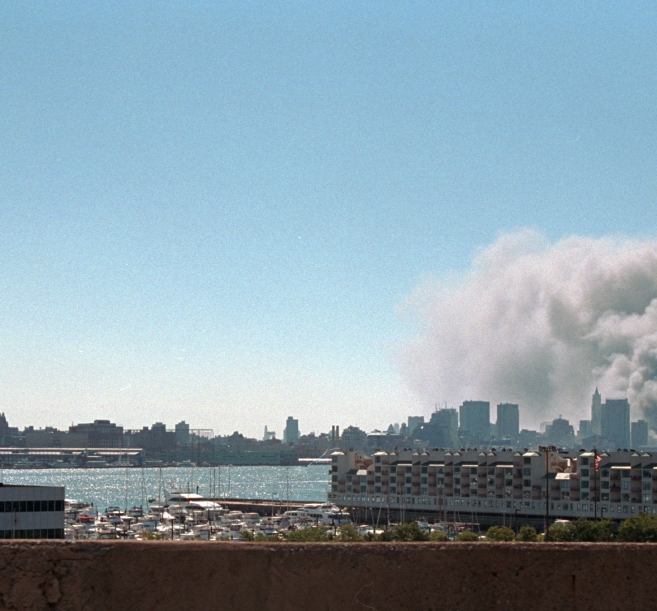Explore More Galleries
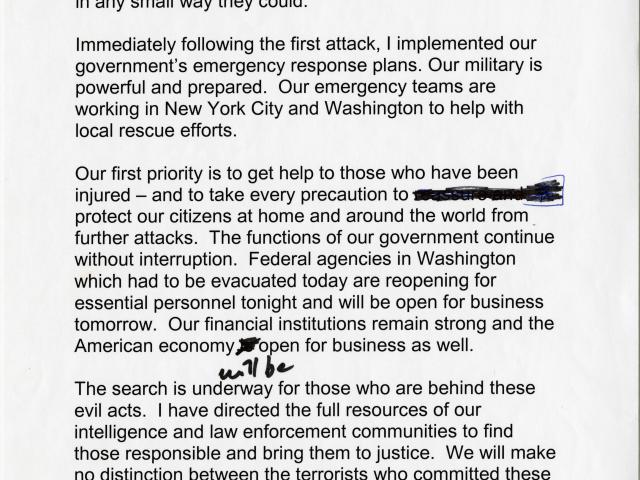
Documents Collection

Artifacts Collection
September 11, 2001 Photographs
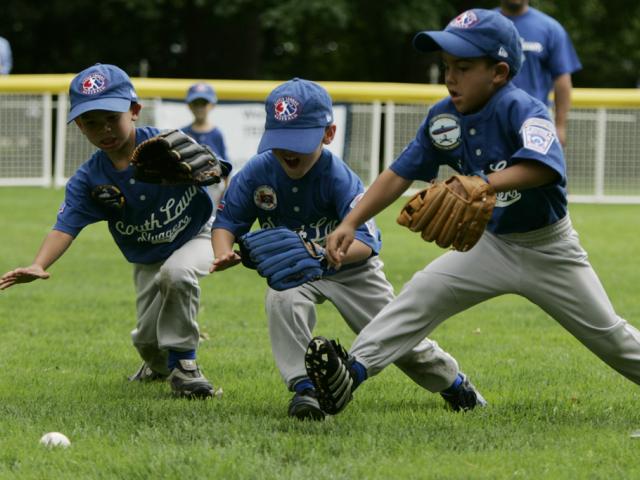
Tee Ball on the White House Lawn
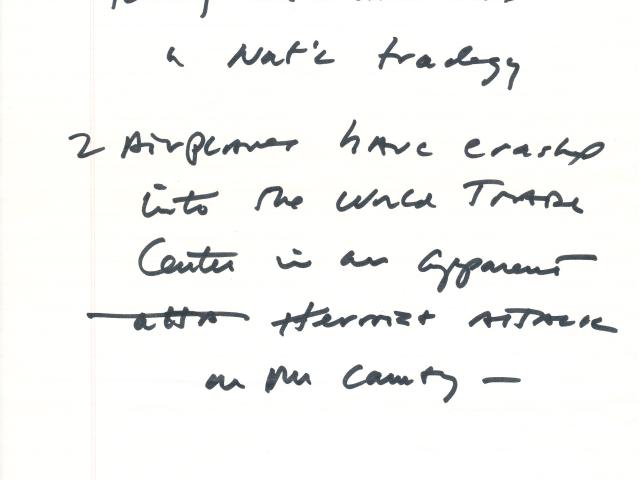
Sneak Peek Document Gallery
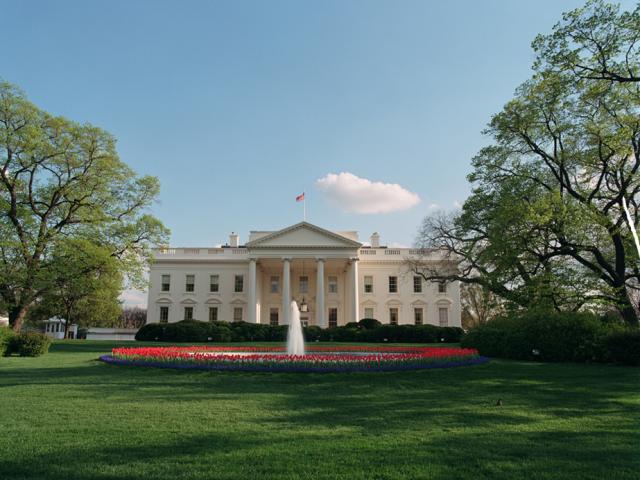
Despite the horrific loss of life and destruction on September 11, 2001, the Nation drew strength and unity from its citizens as well as the world’s citizens. What follows is a small sample of the thousands of condolence materials that poured into the United States’ embassies located around the globe; from individuals, families, schools, businesses, organizations, and governments all representing over 100 countries. In the days, weeks, months, and years following September 11th, condolences arrived on letters, postcards, sympathy journals, cards, newspapers, mass mailers, children’s drawings, posters, flags, paper flowers and doves, ribbons, photographs, and bits of paper. These condolence materials are messages of hope, sympathy, and appeals for peace addressed to the President, the American people, the citizens of New York City, orphaned children, and all who lost someone in the tragedy. Upon review, it quickly becomes evident that although the terrorists had attacked the United States, the world remained interconnected by its common humanity.
Throughout Africa an outpouring of sympathy was received by United States’ embassies. In this time of tragedy communities banded together and embraced their American brothers and sisters. Communities of farmers, church groups, Non-Governmental Organizations, entire villages and cities, united to deliver messages and condolence books. Some communities held memorial gatherings, like Ridge Church in Accra, Republic of Ghana. Others presented artwork of collective expression such as the children of the Republic of South Africa and the farmers of the Republic of Zimbabwe. Community is a theme that appears again and again in these materials as Africans reached out to comfort not only the United States, but the broader world community.

The countries located throughout the western hemisphere not only have a geographic connection to the United States, but the continents connect through a shared name, America. In solidarity many South American countries hosted official memorial gatherings in sympathy with the United States. Some nations, like the Republic of El Salvador, gathered as early as September 12th. People as varied as Presidents, bankers, school children, diplomats, teachers, and families signed condolence books. This section of condolence materials cannot be introduced without giving special mention to Canada. During the days following the terrorist attacks, the Nation’s northern neighbor provided food and shelter to stranded passengers aboard grounded airplanes initially bound for the United States. The condolence materials from Canadians are varied and immense representing all of the provinces, from Inuit school children writing from Nunavut, to Québécois who wrote in French, to blood donors from Vancouver.
When the news broke about the terrorist attacks occurring in the United States on September 11th, most of Asia was already experiencing Wednesday, September 12th. Many condolences express an undercurrent of people feeling ahead in minutes and hours by the clock, yet still powerless and unable to prevent the attacks. So far away in miles yet so close in heart, people expressed their support, love, unity, strength, and sympathy in letters and condolence books. Struggling to find the words many turned to their mother languages, whether Chinese, Kazakh, Japanese or Arabic. The condolences even included original artwork, such as colorful banners created by New Zealanders and origami paper cranes folded by Japanese school children. Despite the physical distance, the attacks on September 11th directly affected many Asians and Pacific Islanders, as evidenced by an Indonesian family who wrote in after losing their son in the World Trade Center.
Peace is the predominant theme of the condolence messages sent from Europe, a region that had worked hard for peace through a tumultuous 20th century which included two World Wars and the Cold War. Retirees from the North Atlantic Treaty Organization, an organization born from this history, sent in a message of peace. Irish school children wrote poems about the September 11th attacks on paper cut-out in the shape of doves. Citizens of Russia, the former Cold War rival of the United States, sent in messages of support and freedom from terrorism. One that is particularly notable is from the Moscow Anti-fire Service to the firemen of New York and Washington illustrating the bridges that have been built over the decade between the end of the Cold War and September 11th as well as the solidarity between first responders throughout the world.
